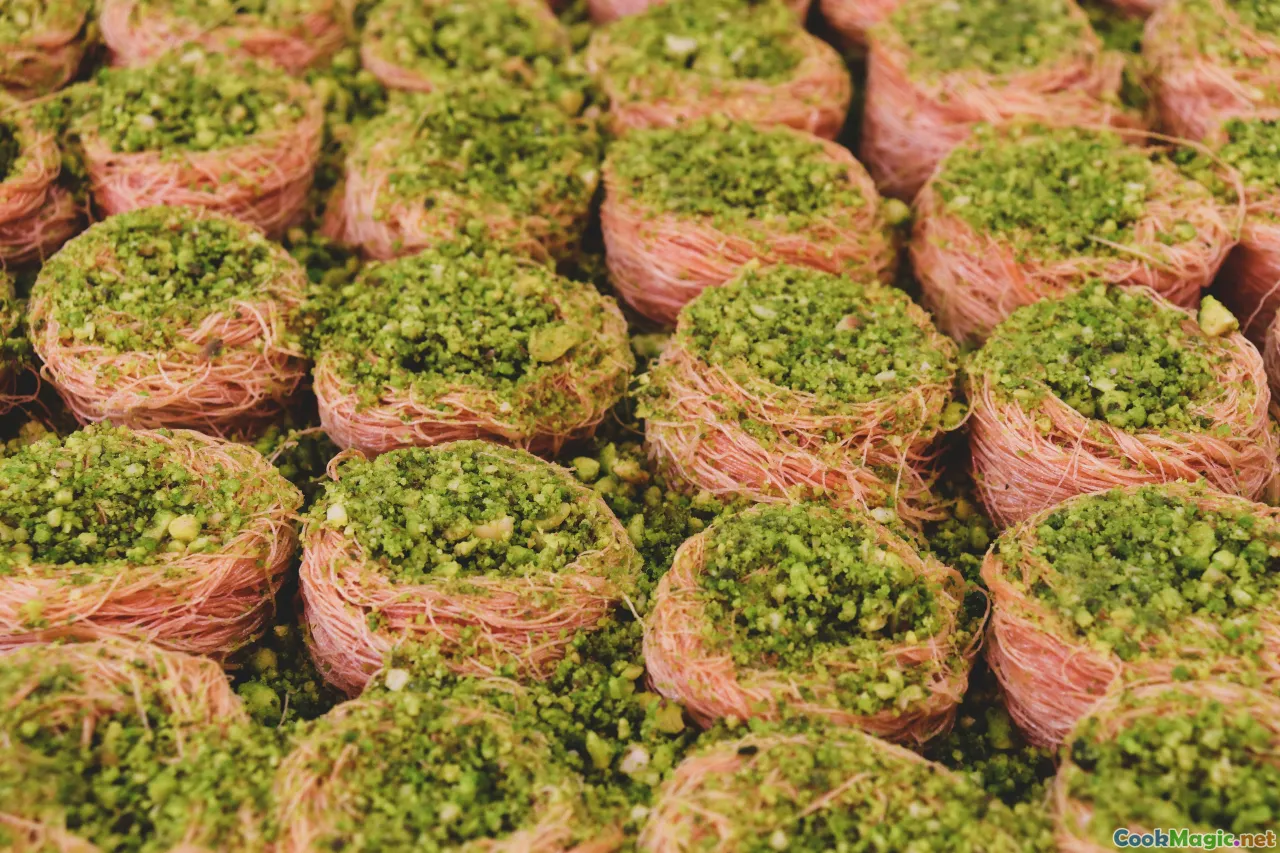Exploring the Art of Tajik Shurpa Soups
9 min read Discover the rich flavors and cultural significance of Tajik Shurpa, a beloved traditional soup embodying Tajik culinary traditions. September 26, 2025 18:05
Exploring the Art of Tajik Shurpa Soups
Imagine waking up on a crisp morning in the Pamir Mountains, where the air carries a faint trace of pine and the distant call of a herd of sheep echoes from the valley. The aroma of a steaming bowl of Shurpa, Tajikistan’s rustic and soul-nourishing soup, weaves into your sensory memory. For centuries, Shurpa has been more than just a dish; it is a reflection of Tajik culture, history, and the indomitable spirit of its people. As a culinary traveler, uncovering the depths of this traditional soup opens a window into the heart of Tajikistan’s mountainous landscapes and warm community bonds.
The Cultural Heartbeat of Tajik Shurpa

Tajik Shurpa is a culinary embodiment of survival and hospitality. It is served at bustling bazaars, family gatherings, and seasonal festivals, each bowl whispering stories of nomadic ancestors and settled villagers alike. Its preparation varies subtly from valley to valley, yet the essence remains rooted in the idea of simmering life—meat, vegetables, and fragrant herbs melding over hours to create a soulful, heartwarming broth.
In many Tajik households, Shurpa isn’t merely a soup; it’s a ritual. Small mountains of fresh herbs—cilantro, dill, parsley—are chopped meticulously while the aroma of fried onions fills the room. The meal begins with the anticipation of the first sip—clarity and richness intertwined, inviting conversation and comfort.
Decoding the Ingredients and Variations

The quintessential ingredient of Tajik Shurpa is robust mutton or beef, often sourced from local markets where the livestock graze freely. The meat is traditionally cut into large chunks, simmered gently in a deep, wide kazan (cauldron) to break down connective tissue and develop a deep, collagen-rich broth.
Root vegetables such as potatoes, carrots, and turnips are added early, absorbing the flavors and contributing their own sweetness. Bright greens—cilantro, dill, parsley—are introduced later, preserving their vibrant aromas and colors.
An authentic Tajik Shurpa is seasoned simply with salt, black pepper, and sometimes a hint of cumin. It’s the slow, deliberate process of simmering—often for several hours—that transforms ordinary ingredients into a luminous, clarifying broth that clears the mind and invigorates the soul.
Variations abound:
- In the Fergana Valley, adding dried apricots gives a subtle tang and sweetness.
- In the Pamir, shurpa might feature yak meat or even local game.
- The humble rural Shurpa may eschew complex spices for a pure meat-and-vegetable purity.
The Method: From Kitchen to Table

Preparing Shurpa is a labor of love. Traditionally, the process begins early in the morning:
- Meat Preparation: Large chunks of mutton or beef are washed and browned slightly in the kazan with onions.
- Broth Formation: Cold water is added generously; the mixture is brought to a gentle boil to skim off impurities, producing a clear broth.
- Vegetable Addition: Whole carrots and potatoes are added, along with spices; the pot is covered and left to simmer over low heat, sometimes for 2-3 hours.
- Final Touches: In the last 15 minutes, fresh herbs and, optionally, a squeeze of lemon are introduced.
Shurpa should be served steaming, with a side of fresh bread—such as non or flatbreads—complementing the richness of the broth.
Pairing and Serving Traditions

In Tajik culture, Shurpa is often enjoyed with a cup of brisk green tea and a slice of fresh bread. The warmth of the soup, combined with the aromatic herbs and the hearty bread, creates a multi-layered experience that nourishes both body and spirit.
Historically, families gather around a central hearth or a communal table, sharing stories and laughter as they savor each spoonful. Even travelers passing through remote villages are invited to partake—an act of hospitality cherished deeply in Tajik culture.
The Emotional Ties and Personal Touches

To taste an authentic Tajik Shurpa is to taste history, community, and resilience. It’s a dish that reminds Tajik people of their nomadic origins, their pastoral landscapes, and their shared life. Interestingly, many Tajik families have their own secret touches—perhaps a unique blend of herbs or a special cooking duration—that make their Shurpa truly their own.
In my own journeys through Tajikistan, I witnessed elders meticulously preparing Shurpa during festive seasons, their stories woven into the aroma. It’s a dish that unites generations, a testament to the unbroken culinary legacy of the Pamir and Ferghana valley communities.
Cooking Tips for An Authentic Shurpa
- Use high-quality, fresh meat, ideally from local sources.
- Take your time simmering; patience yields clarity and depth.
- Incorporate vibrant herbs at the end to preserve aromatic freshness.
- Don't forget the serving traditions—pair with fresh bread and tea.
- Experiment with regional variations to discover personal or local flair.
Preserving the Legacy and Sharing the Joy
In a rapidly modernizing world, the slow craft of making Shurpa serves as a culinary anchor for Tajik identity. It’s a dish that invites not only tasting but participation—an ongoing dialogue between the past and present.
Countless Tajik households toast to their ancestors with a steaming bowl of Shurpa, passing recipes down with pride. As travelers, we have the privilege to experience this heritage firsthand, witness the intricate balance of simple ingredients transformed through tradition and patience.
Finishing on a Heartfelt Note
Exploring the art of Tajik Shurpa is akin to embarking on a flavorful journey through mountains, valleys, and villages. It’s about more than taste—it’s a celebration of resilience, community, and the enduring power of home-cooked comfort food. To savor a bowl of Tajik Shurpa is to connect with a land that is rugged and tender, ancient yet alive in every bubbling sip.
So, whether you find yourself in a cozy Tajik teahouse or experimenting in your own kitchen, let each spoonful be a tribute to the rich tapestry of Tajik culture woven into this humble, yet extraordinary, soup.
May your culinary exploration of Tajik Shurpa inspire stories of warmth, tradition, and the universal language of good food.









